The Culture Of Portugal
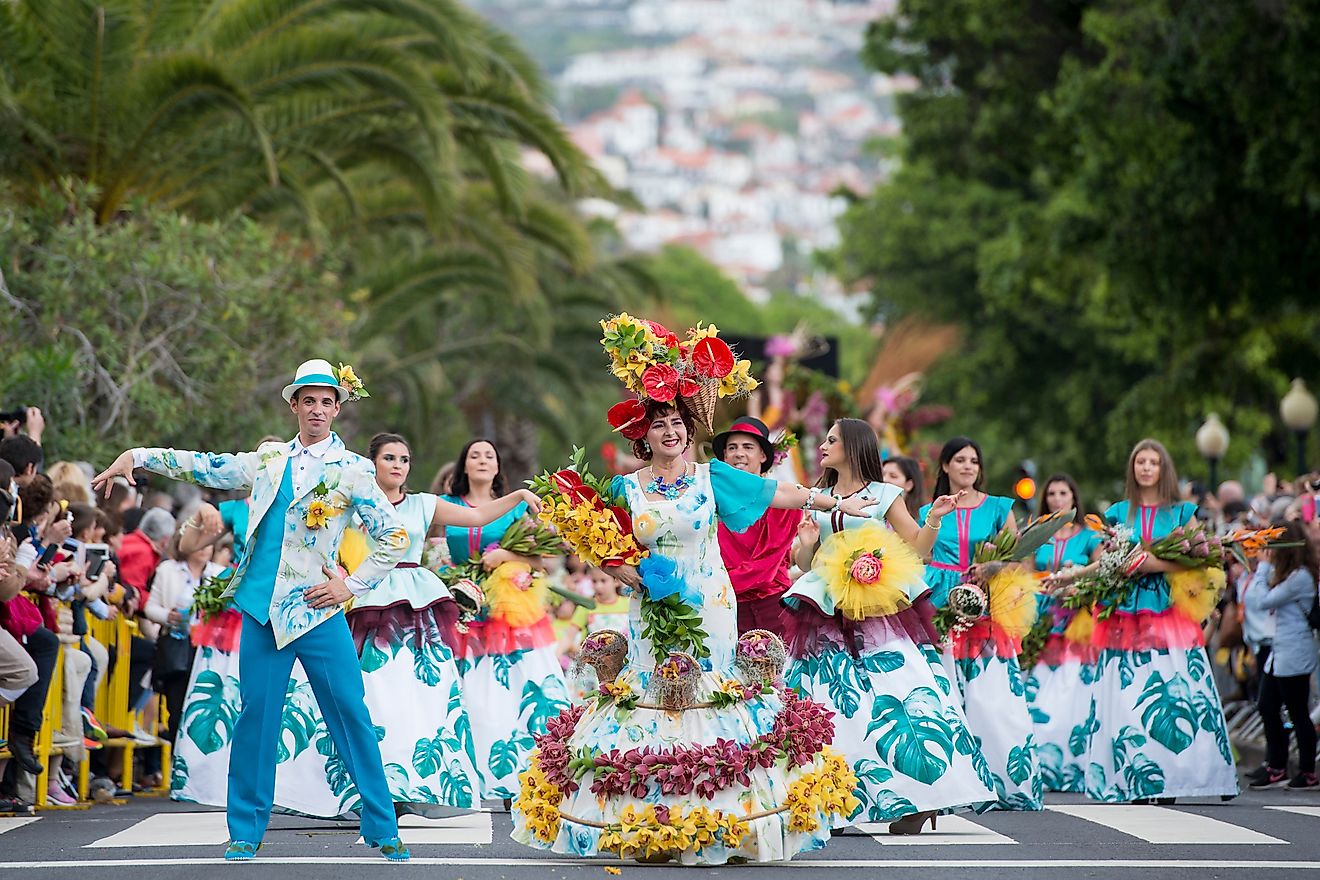
- Portuguese cuisine is famous for its seafood.
- The expansion of Portuguese art began in the 15th century when national borders were established and a Portuguese identity was developed.
- Football is Portugal’s most popular sport. It was introduced by Portuguese students who returned from England.
- Women and men enjoy equal rights and freedoms in Portugal. The society is generally modern in outlook.
Located in the Iberian Peninsula, Portugal is a sovereign nation with a culture that is an amalgamation of cultures of the various civilizations that inhabited the country over a period of centuries.
6. Ethnicity, Language, And Religion
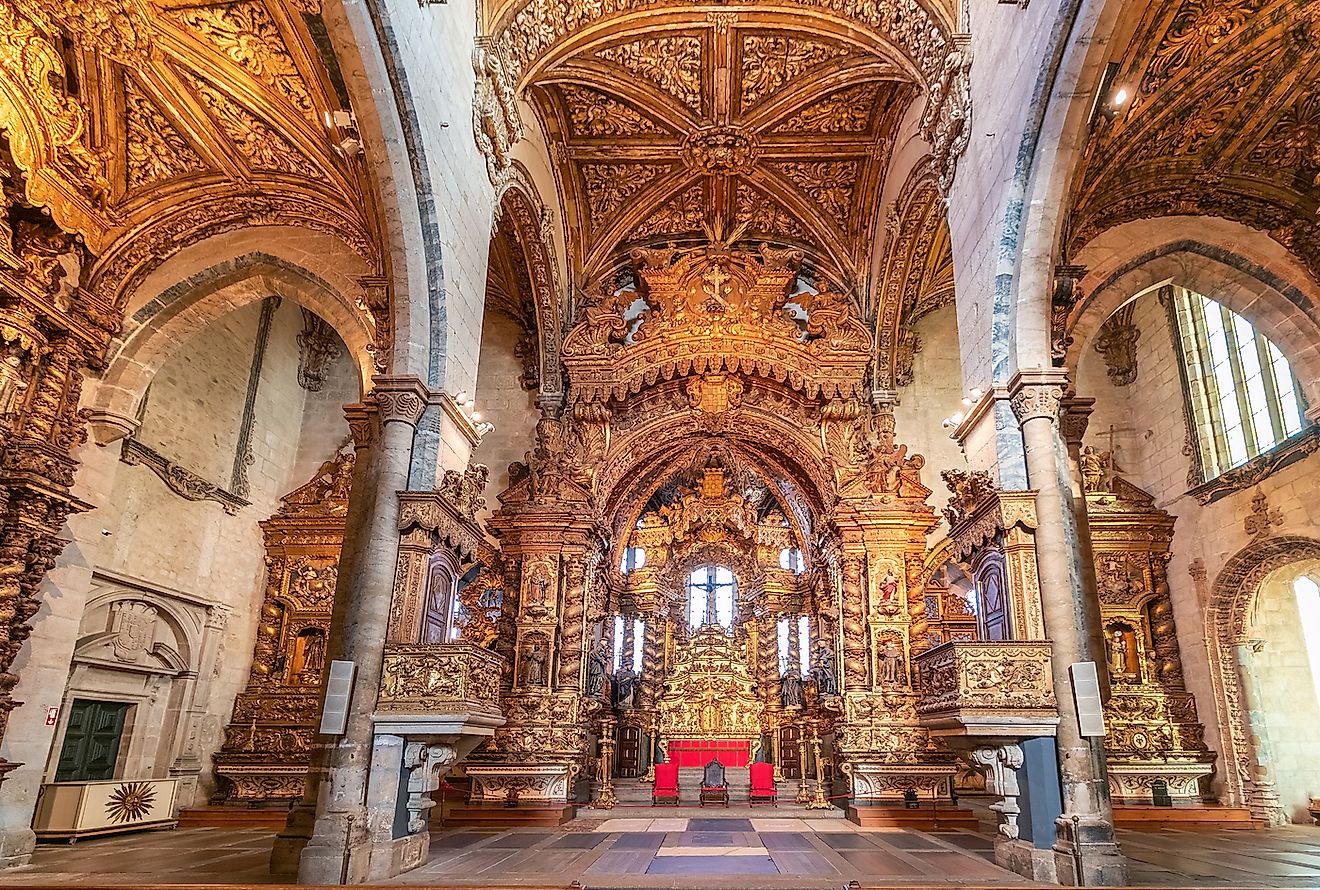
Portugal is home to a population of around 10 million. The majority of people living in Portugal identify as being ethnically Portuguese, while minority ethnic groups make up around 5% of the population. Portuguese and Mirandese are the official languages of the nation. The latter is, however, only locally spoken. Roman Catholicism is the religion of 81% of the country’s population.
5. Portuguese Cuisine
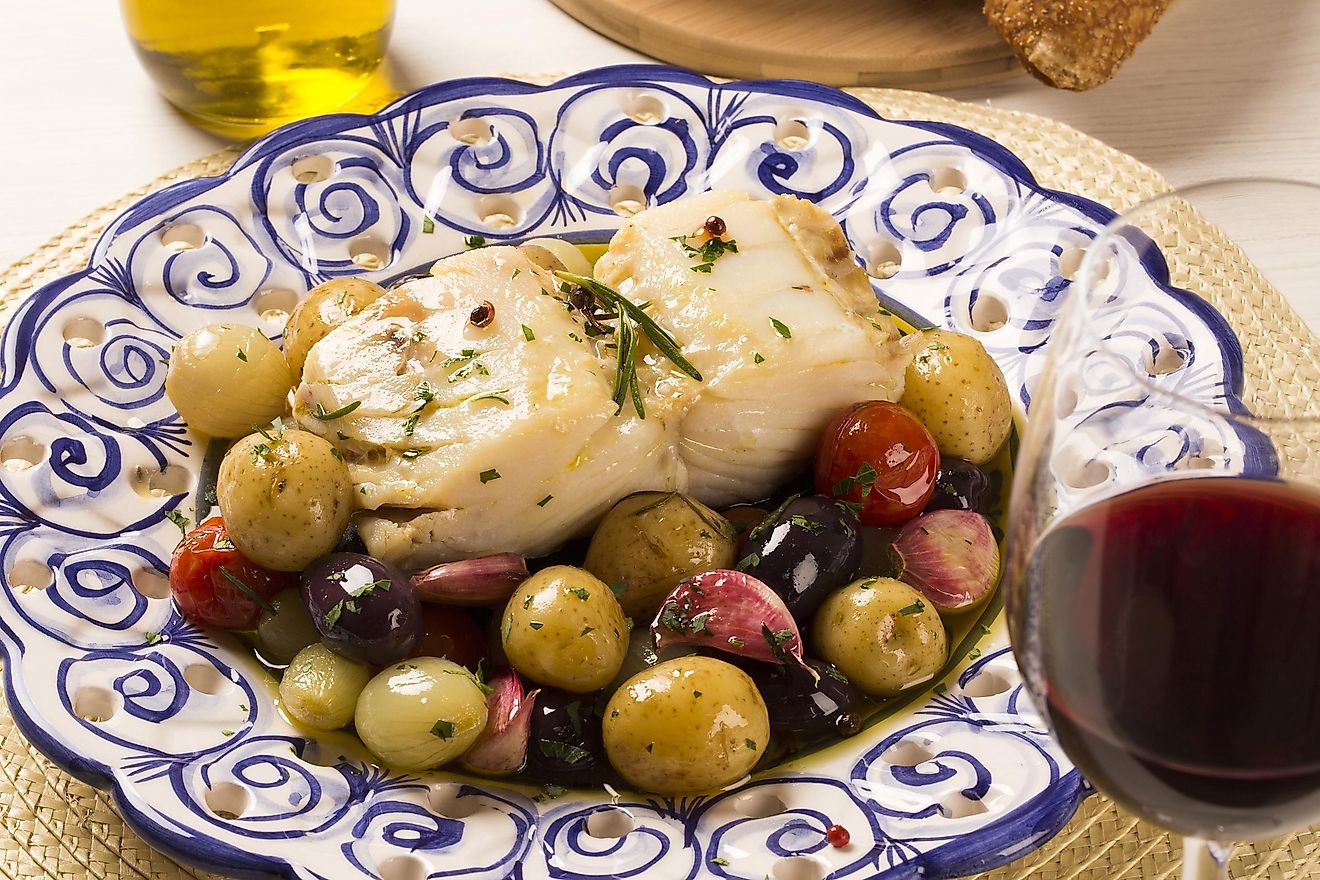
Portuguese cuisine is famous for its seafood. A wide variety of spices like saffron, black pepper, cinnamon, and piri piri are used to prepare the most popular dishes. Olive oil, herbs, garlic, bay leaf, and parsley are also extensively utilized. Breakfast in the county includes bread with butter, cheese, ham, or jam. Espresso coffee is also a popular breakfast beverage. Cereal mixed with yogurt and fruit is also widely eaten. The caldo verde is a Portuguese soup made with potato, greens, and spicy Portuguese sausage. Portugal has the highest fish consumption in Europe. Fish is prepared by boiling, grilling, deep-frying, roasting, or stewing. The bacalhau (cod) is the most consumed fish. Prawns, shrimp, octopus, squid, crabs, clams, oysters, etc., are also eaten. Beef and pork are the most common meats eaten in Portugal. Wine is the traditional drink of the country.
4. Portuguese Literature, Art, And Craft
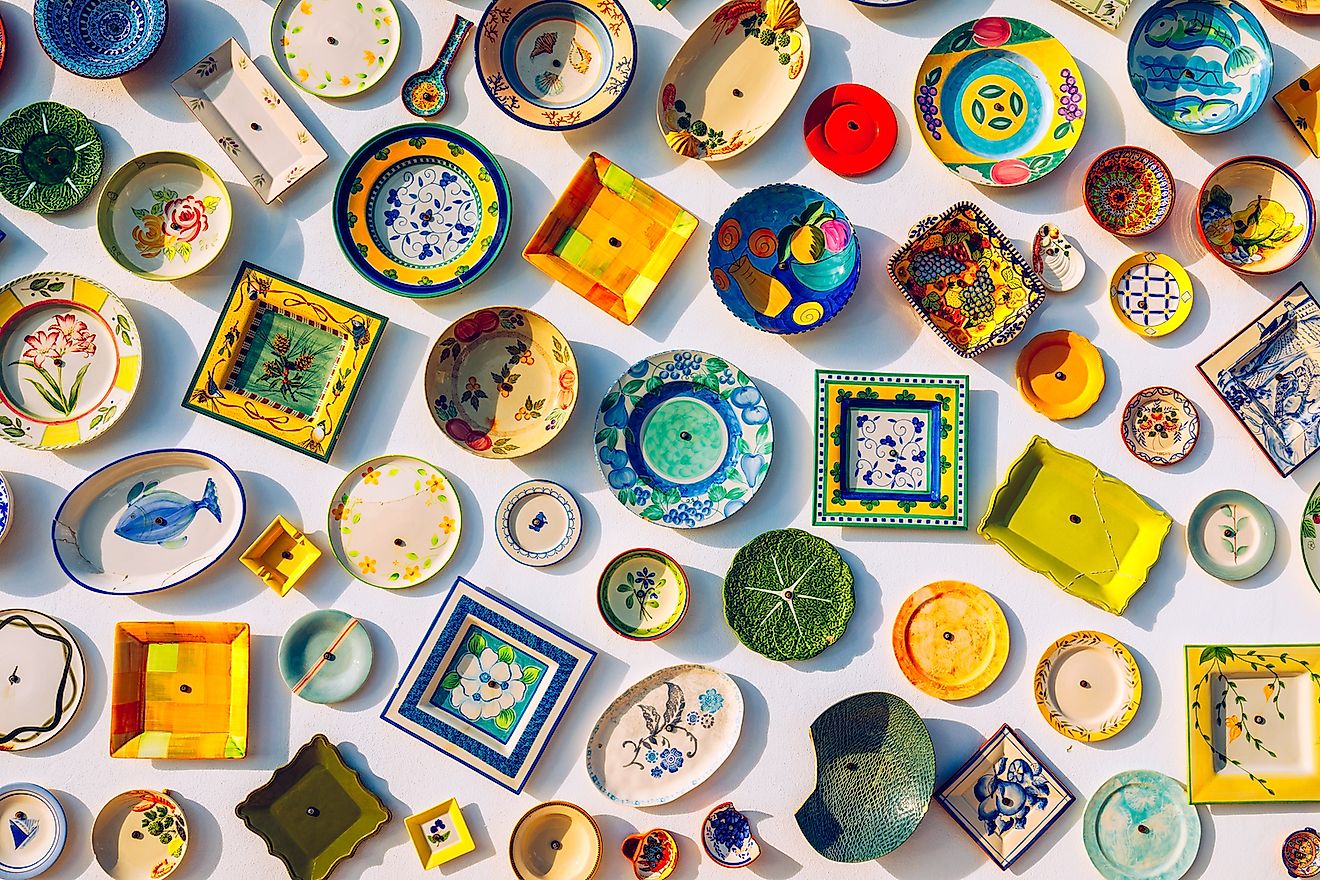
Portuguese literature dates back to the 12th century. Literary works were initially inspired by oral traditions and religion. Fictional works in the form of plays and poetry began appearing in the later centuries. Gil Vicente is often regarded as the father of Portuguese theatre. He produced work that often criticized the society of his time. Luís Vaz de Camões is regarded as the greatest poet of the country. His work Os Lusíadas, the national epic of Portugal, is a book about Portuguese history. In the 19th century, Realism and Romanticism inspired writers in Portugal. José Saramago is a Portuguese writer who was awarded the Nobel Prize in Literature in 1998.
Portuguese art was initially restricted to religious paintings in churches and convents and decorative art in the palaces. However, the expansion of Portuguese art began in the 15th century when national borders were established and a Portuguese identity was developed. More humanistic art was now produced and kings of the time sponsored royal painters. Flemish art influenced Portuguese artists during the Golden Age of Portugal. During this time, artworks from the country gained international fame. Naturalism and realism inspired artists in the 19th century. Today, numerous museums and art galleries across the country preserve the works of notable Portuguese artists and painters.
3. Portuguese Music And Dance
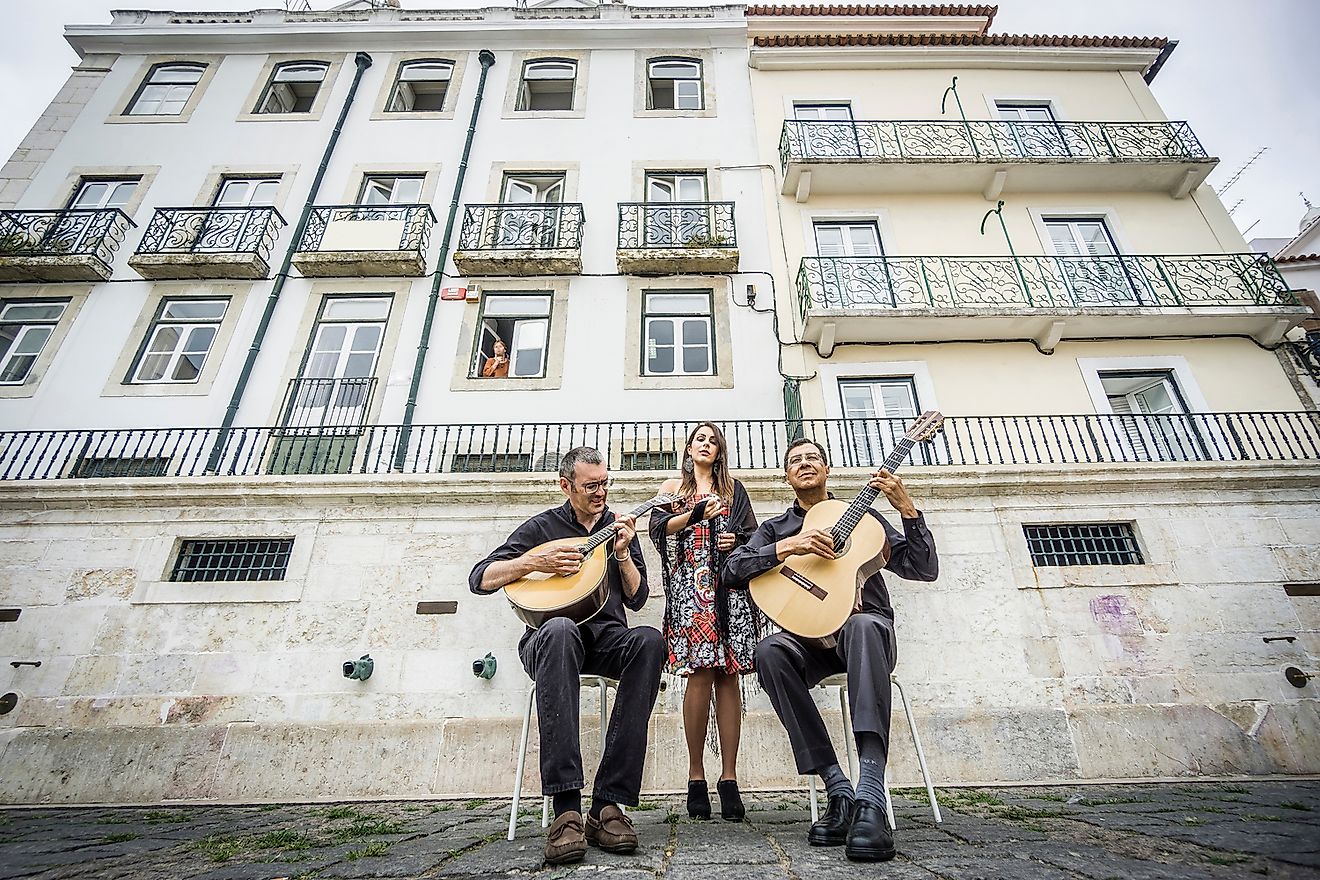
Portuguese music covers many styles and genres that can be broadly divided into folk, classical, and popular music. The musical genres of fado and Cante Alentejano belonging to the folk music style, are both quite popular. In popular music, rock, pop rock, hip-hop, experimental electro-rock, etc., remain a favorite of the Portuguese. Other modern genres of music that have a significant following in Portugal include reggae, ska, zouk, house, kizomba, etc.
Portugal has many folk dances like the Circle dance, Corridinho (Estremadura and Algarve region), Fandango (Ribatejo region), Vira (Minho region), Schottische, and others. The dance costumes vary widely and range from normal, work apparel to elaborate dresses.
2. Sports In Portugal
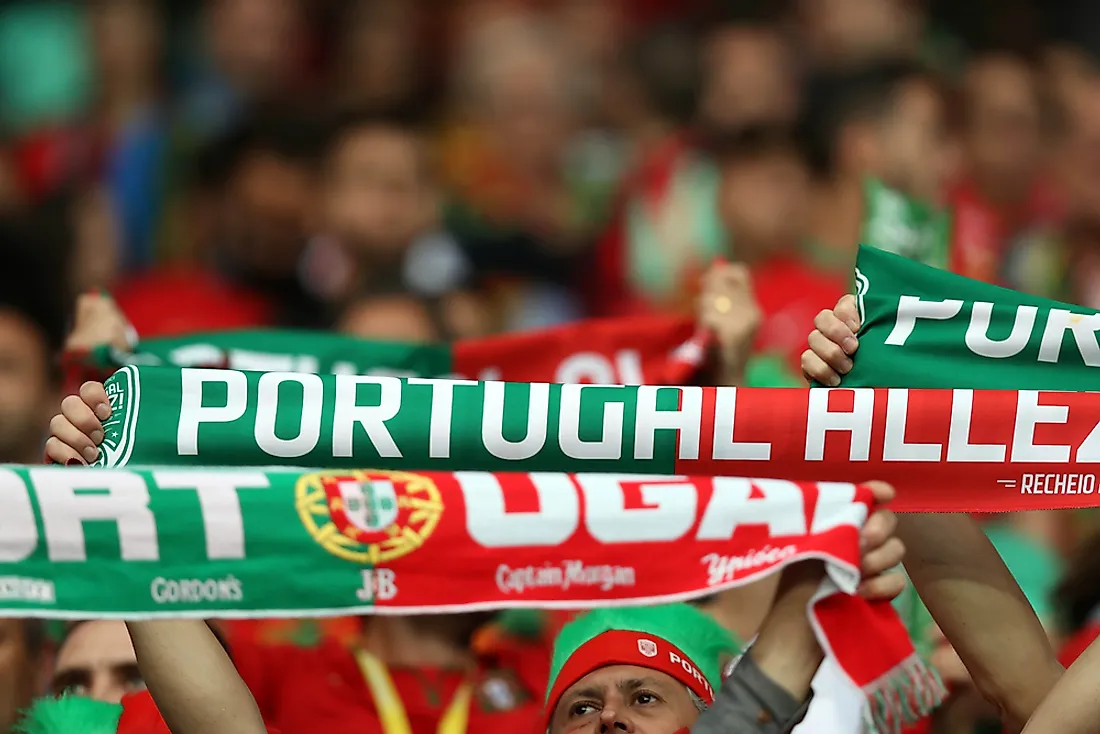
Football is Portugal’s most popular sport. It was introduced by Portuguese students who returned from England. Football clubs are present all across the country with the oldest one being the Boavista Futebol Clube. It was founded in 1903. FIFA ranked the national football team of Portugal as the 3rd best out of 207 countries in April 2010. Other sports played at the professional level in Portugal include basketball, volleyball, tennis, futsal, athletics, judo, martial arts, gymnastics, etc. Volta a Portugal is a famous cycling race held in the country. Portugal has won the most world titles in rink hockey.
1. Life In A Portuguese Society
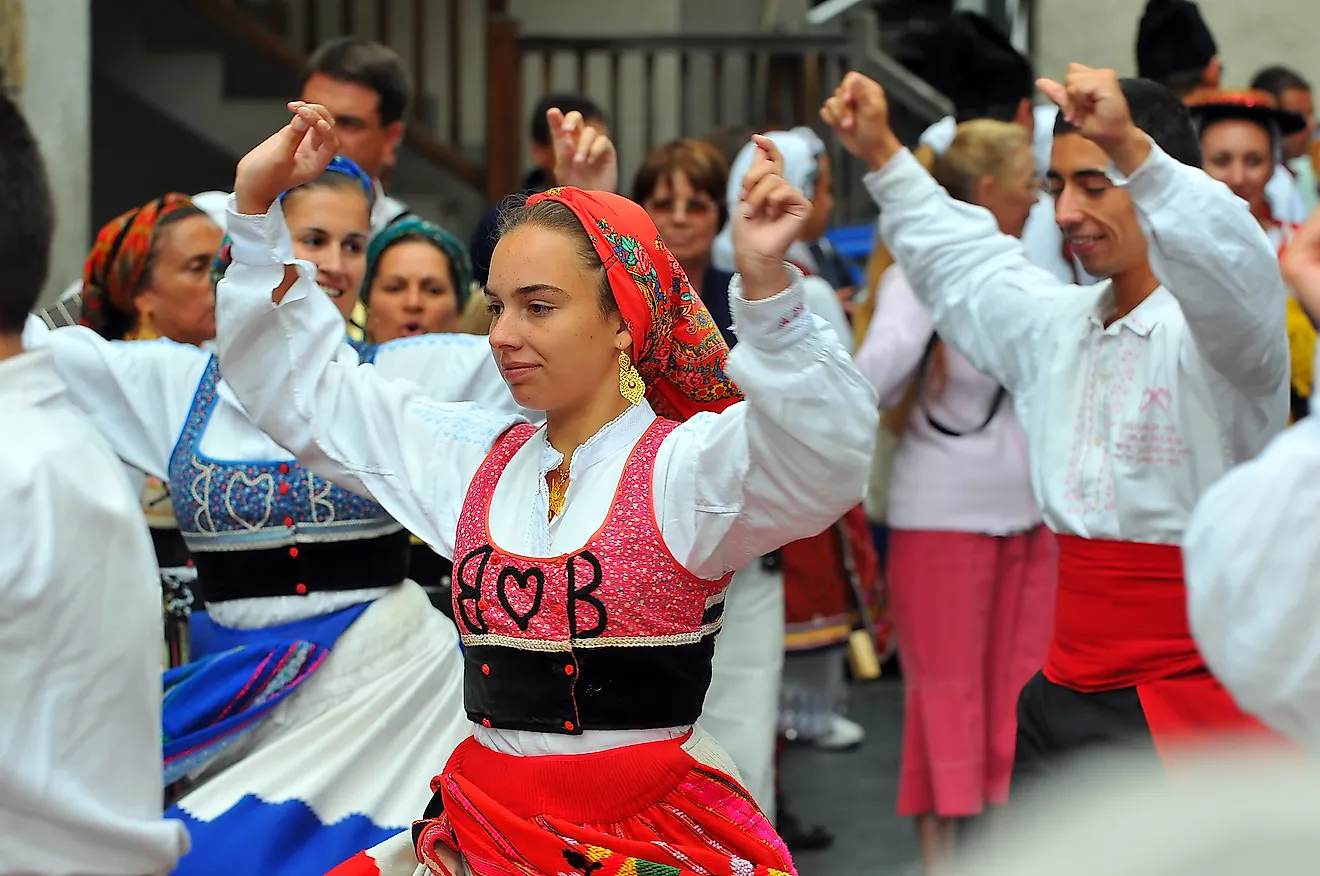
Women and men enjoy equal rights and freedoms in Portugal. The society is generally modern in outlook. Many women work outside the homes, especially in the urban areas. However, the majority of the household chores are still managed by women. Men do participate in childcare activities. Today, a significant section of the Portuguese women are educationally highly qualified and employed in various sectors like academics, research, healthcare, management, administration, etc.
Marriages are mostly based on consensual choice. The age of marriage is generally later in the north than in the south. Households in southern Portugal are generally nuclear in nature while in the north, they tend to be complex, often with more than two generations sharing the same household. Either the married couple jointly heads the household or only the man is the dominant figure in the family. Both male and female children can inherit the property of their parents. Children are adored in Portuguese society and are taught to socialize since an early age. Politeness is highly valued.











